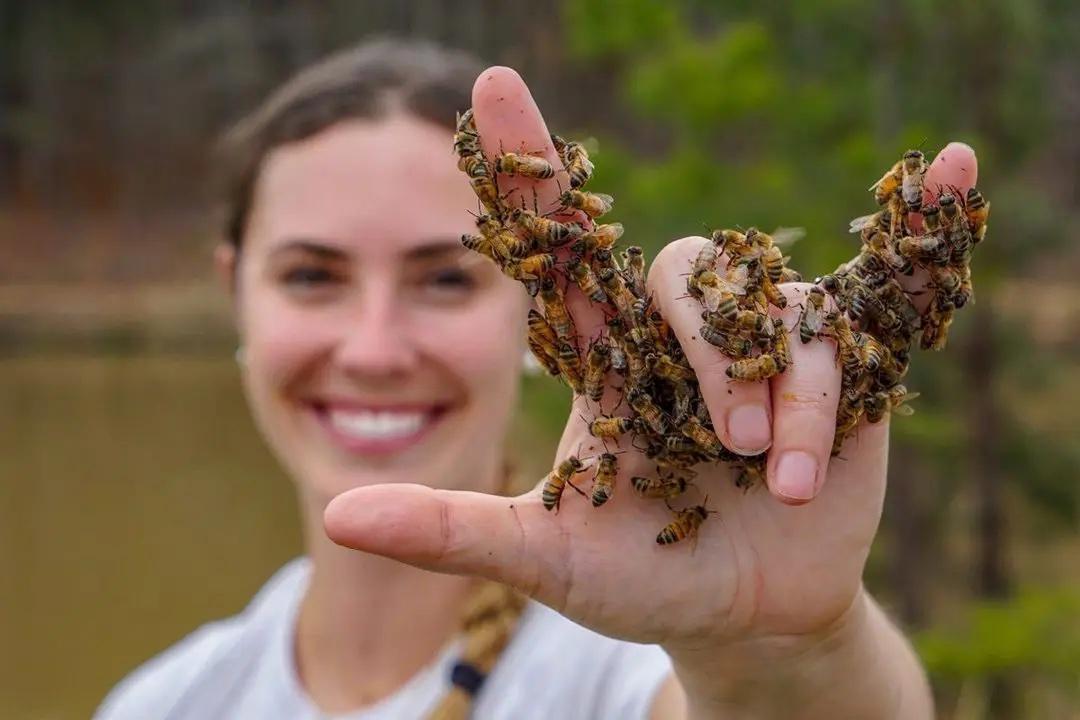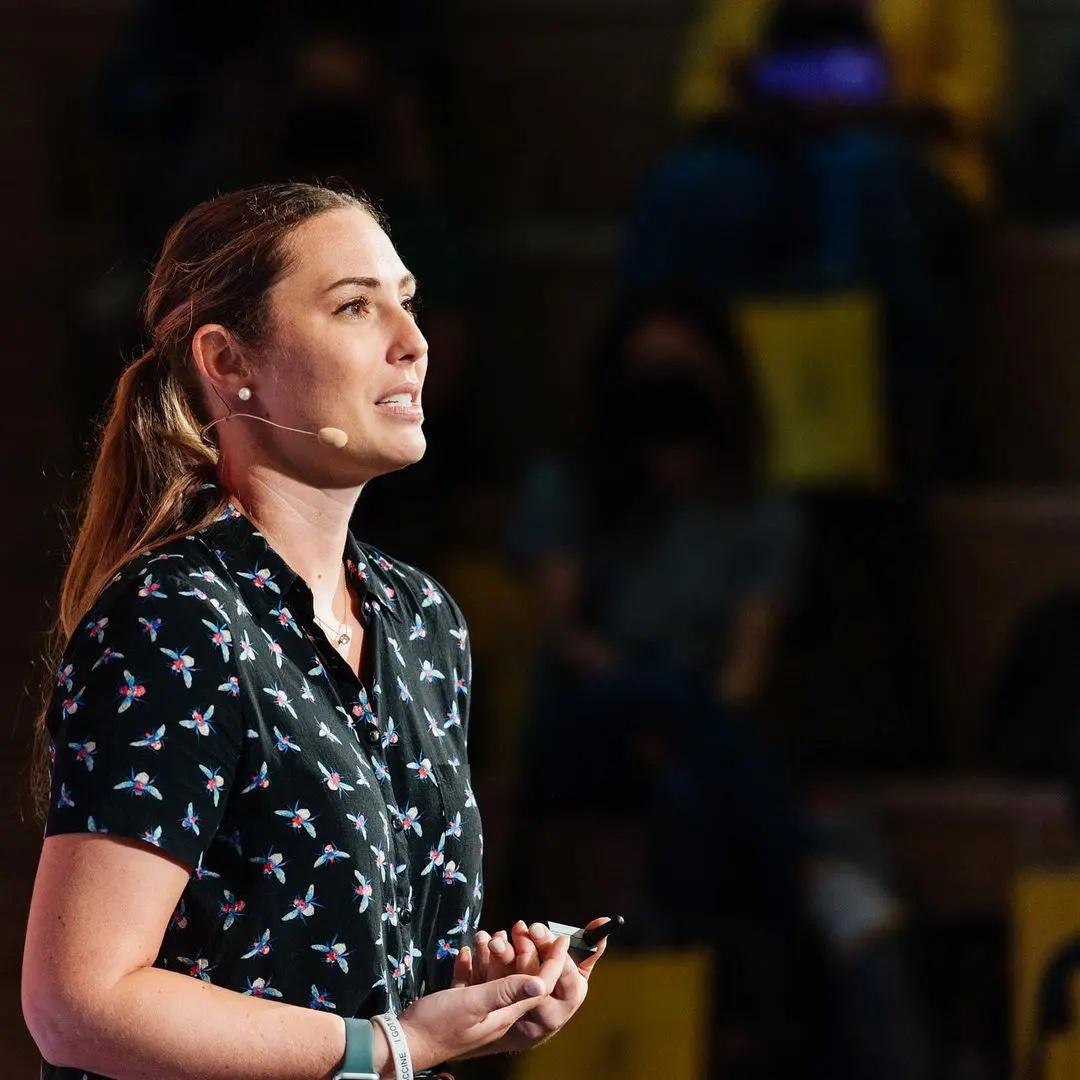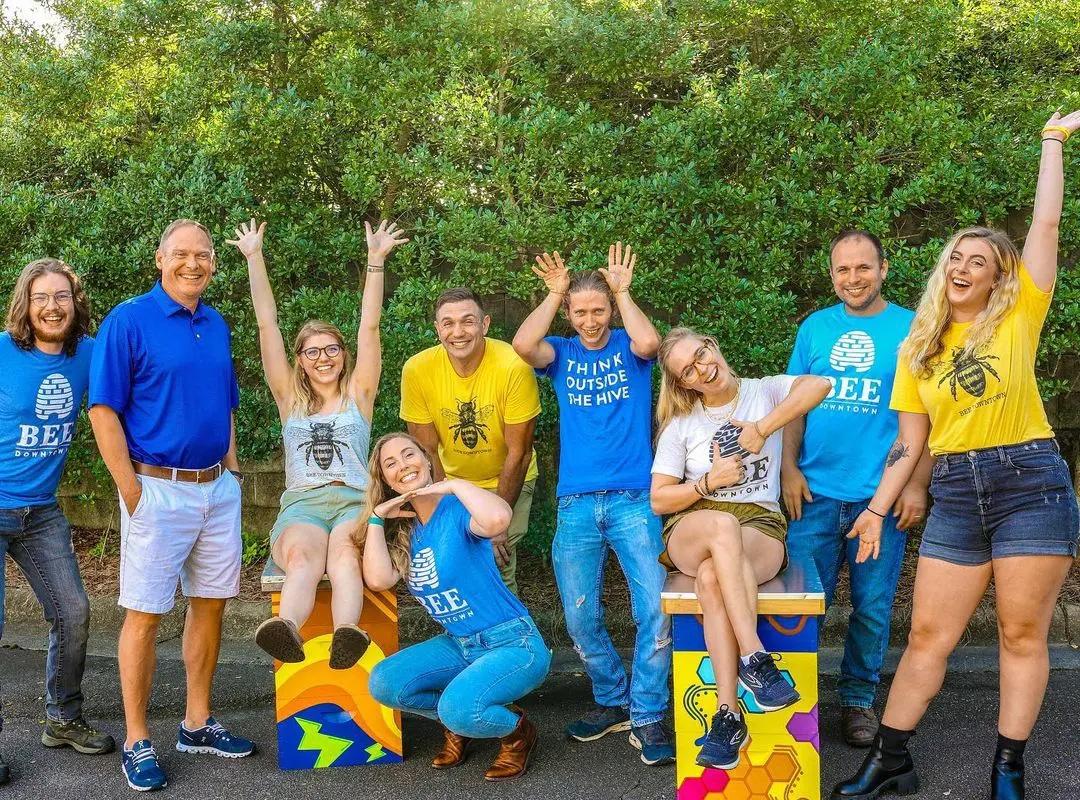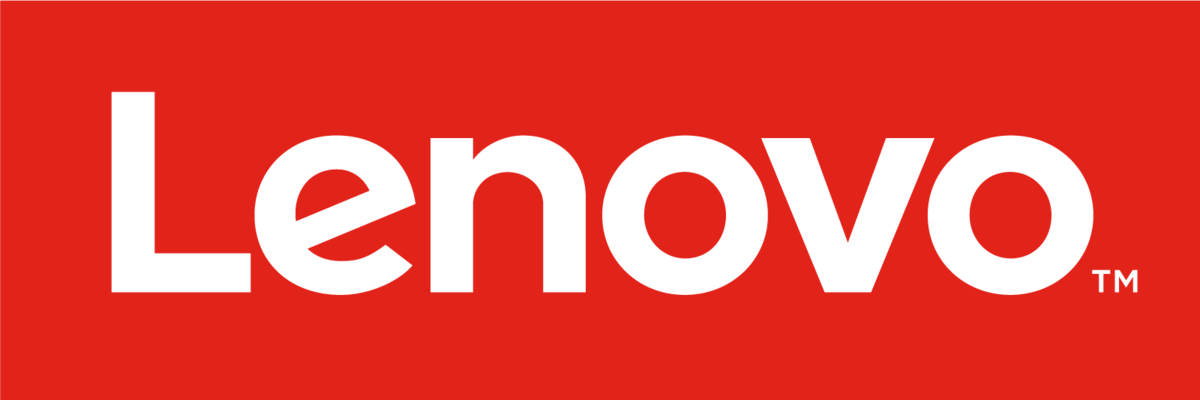Buzzing With Inspiration: Lessons From a Honeybee
by Leigh-Kathryn Bonner, Founder of Bee Downtown & Lenovo Innovator
According to the Biomimicry Institute, “Biomimicry is an approach to innovation that seeks sustainable solutions to human challenges by emulating nature’s time-tested patterns and strategies.”
This field of study looks at nature to help generate new ideas and solve problems in our human world. During my keynotes I typically ask the audience if they know the term. There may be a handful of people who have heard of the concept, but overall, it tends to be people’s first time hearing about it. However, when I ask, “has anyone ever flown in an airplane or used Velcro?”, every hand shoots up. As humans, we experience biomimicry through engineering every single day. The wings of an airplane are engineered and designed based on bird wings to help make the airplane more aerodynamic. Velcro was created when a man noticed cockleburs getting stuck to his clothes and his dog’s fur.
Nature is the foundation of our planet; it was here before us and will be here long after us. Species in our natural world have adapted and advanced over the years to remain successful on our planet. If we slow down long enough to experience and explore nature, it is surprising how inspiring our planet can be.
Nature’s influence on Lenovo
One of my favorite stories surrounding biomimicry is the Lenovo Owl Wing Fan. Lenovo’s engineers set out to create the world’s quietest processing fan on the market. They designed, engineered, redesigned, reengineered, and were still unsuccessful. However, failing in this endeavor was not an option. The team went back to the drawing board and noticed the individual blades of the fan looked like wings on a bird. They began researching the quietest bird in flight and found it to be the owl. The team, with nature’s brilliance in mind, redesigned each individual blade on the fan to have the same tapering and dimensions of an owl’s wings. By following nature’s example, Lenovo succeeded at creating the quietest fan on the market.
Working as a hive
At Bee Downtown we teach teams about how the honeybee is one of Mother Nature’s best examples of a highly efficient and effective super social species. A typical hive houses 65,000 bees, each with individual roles within the colony. Each bee has the ability to communicate in incredibly complex ways that teach us about building high-performing teams and effective leadership.
For example, honeybees always move towards stressors in their environment as a unit. When bees release an alarm pheromone to alert that something is awry, the entire colony trusts the alarm and immediately moves toward the stressor together. They don’t disregard the alarm or assume it is another bee’s job. Instead, they come together for the good of the colony, and do so without hesitation.
Over the past four years as we have built the BDT Leadership Institute in partnership with Retired Colonel Joseph LeBoeuf, our team at Bee Downtown has looked to the bees for inspiration by using analogies on how we can build effective leaders and high-performing teams in our human world. For example, one of the lessons we teach revolves around quickly coming together, no matter the task, to get the work done. Teams that underperform or are unable to adapt quickly to problems or stressors that arise. This will only hinder the success of the entire team as a successful team operates like a hive and comes together when times get tough. We understand that to achieve collective success as a team, we must have inherent trust in one another.
Mimicking the trustful bee
One of my favorite lessons from the bees is centered around is their unbreakable, deep-rooted trust that is inherent in a bee colony – a quality that almost no human teams in our world currently have. As my company and team grows, I continue to realize more and more every day the importance of relying on teammates. Trust is finite. It’s important that we intentionally and mindfully work to replenish this sense of faith within our teams through our actions (an inactions). When the trust breaks down, the team will as well.
Every time I open a hive, I see and learn from a team with deep-rooted belief in working collectively toward the greater good. While I am young in my life-long leadership journey, I understand the potential for how my team and company can grow and succeed if we emulate the bees.




